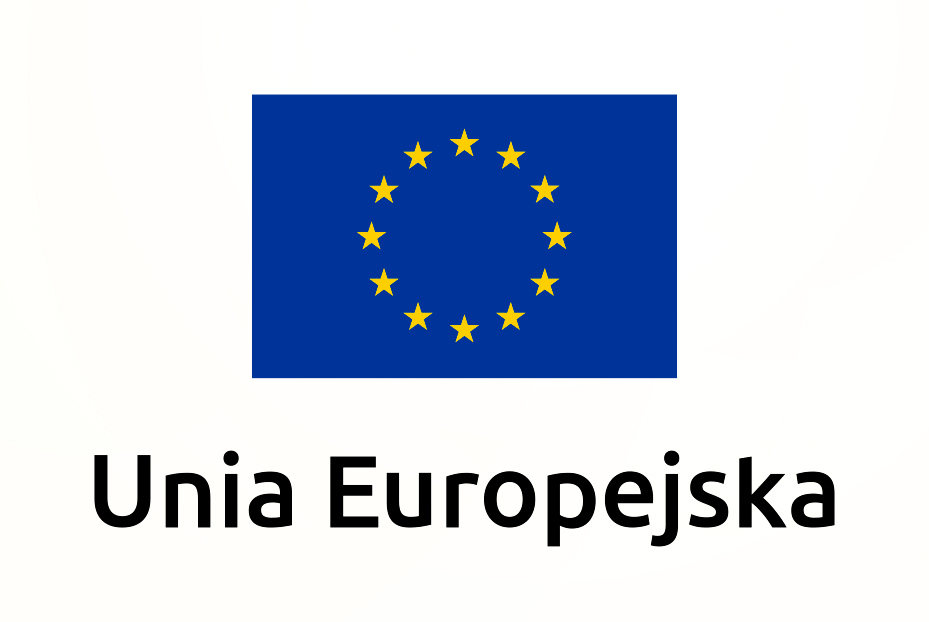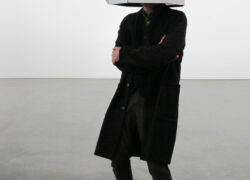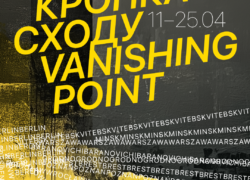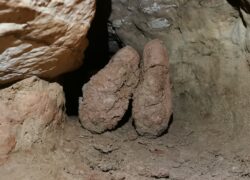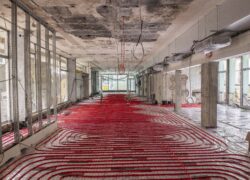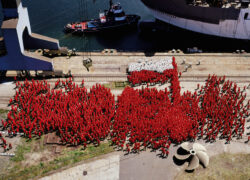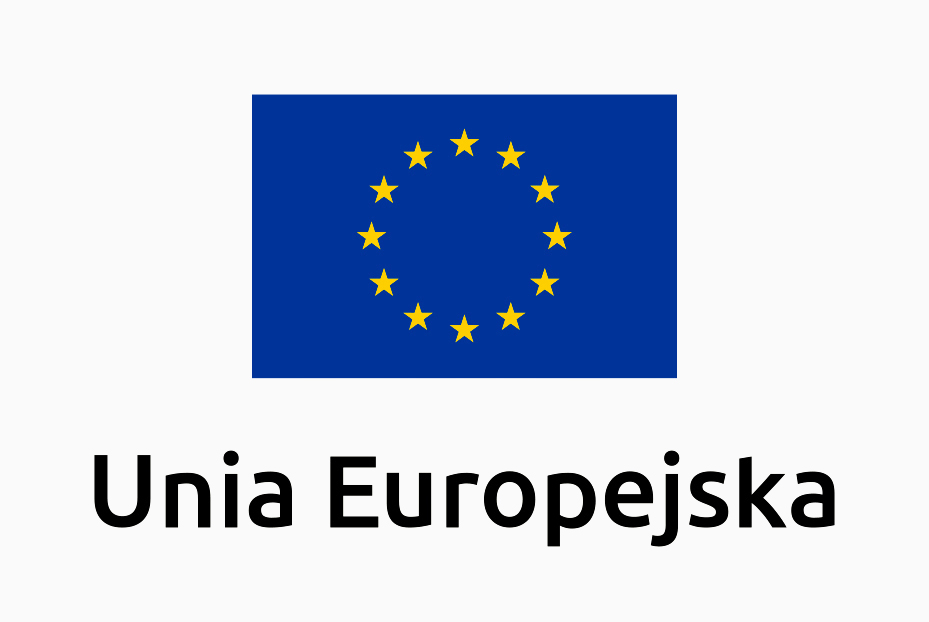Kirill Diomchev – pseudonym d-143, painter, sculptor, and performer originally from Vitebsk, Belarus.
Kirill Diomchev set himself and art the following task: how to renew the legacy of the Vitebsk avant-garde, Malevich and suprematism in the 21st century, 100 years down the line?
According to the artist, it is necessary to move outside the frame. This means liberation: the work is no longer confined to a plane, to the three-dimensional form of a sculpture, life itself will become art; the artist himself will become a work of art. Diomchev aims to free art from materiality so that it moves with life. In doing so, he draws attention to the creative process itself and to all our actions, which are more important than any completed work.
Like Malevich 100 years ago, Diomchev develops a new direction in art and creates a new folk avant-garde: NEVIDIVISM. Nevidivism (from Russian невидимый – invisible) assumes that art is invisible as it can no longer be found in objects but in the very creative process. That is why during his first exhibition in Poland Diomchev wishes to create and sculpt before his audience, who will be able to be part of this.
The artist is now building a house, an anthill, using plaster and trash. The house will get bigger and bigger over the course of the exhibition day by day, so that it can no longer be moved and will have to be destroyed. Trash is all we throw away, everything we and society no longer want to see. Or perhaps something we would like to take with us when we move but cannot.
It is necessary here to clarify another assumption of nevidivism: it always seeks to make visible the social position of those who are invisible in the society they live in. Thus, the performance poses two further questions: who builds an anthill so large that it can no longer be moved and will have to be destroyed, and who throws away the trash and reuses it?
It is necessary here to clarify another assumption of nevidivism: it always seeks to make visible the social position of those who are invisible in the society they live in. Thus, the performance poses two further questions: who builds an anthill so large that it can no longer be moved and will have to be destroyed, and who throws away the trash and reuses it?
The artist himself did not leave his homeland, Belarus, happily; he did so because he was unable to create there. By leaving, he also left many things there, friends and relatives. He himself does not know if he will be able to return. Where is home, where is the homeland? Why can’t it be taken away with him? He dedicates this performance to newcomers, migrants, and everyone else who has been forced to leave for another country, for a foreign city, leaving loved ones behind, sometimes unable to take anything with them, because of war, or else for economic, political, or environmental reasons.
France Basil
translation: Marcin Turski
